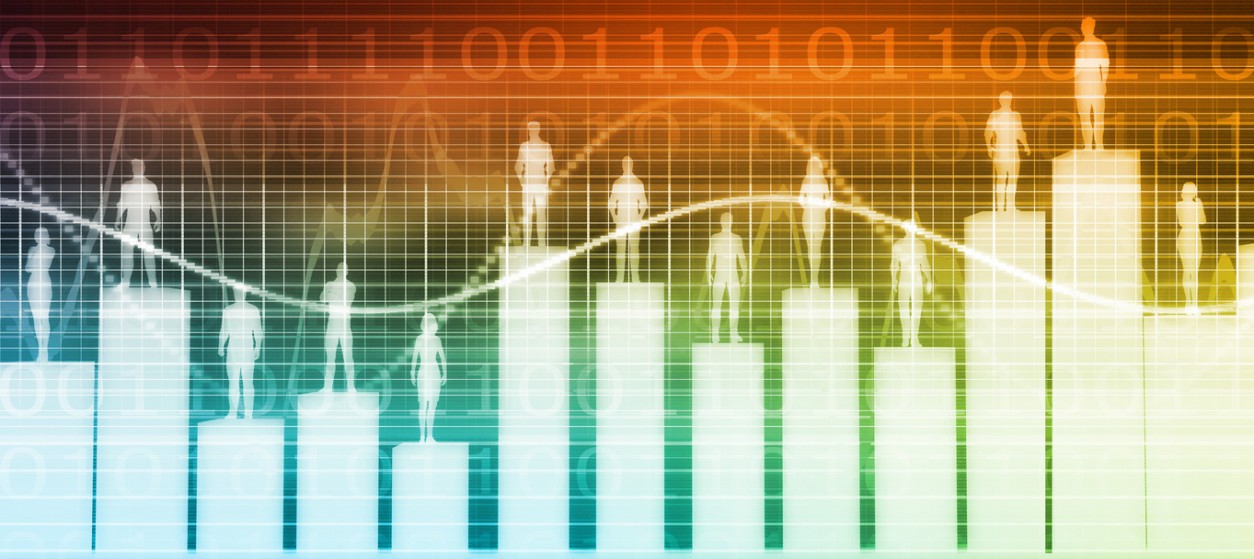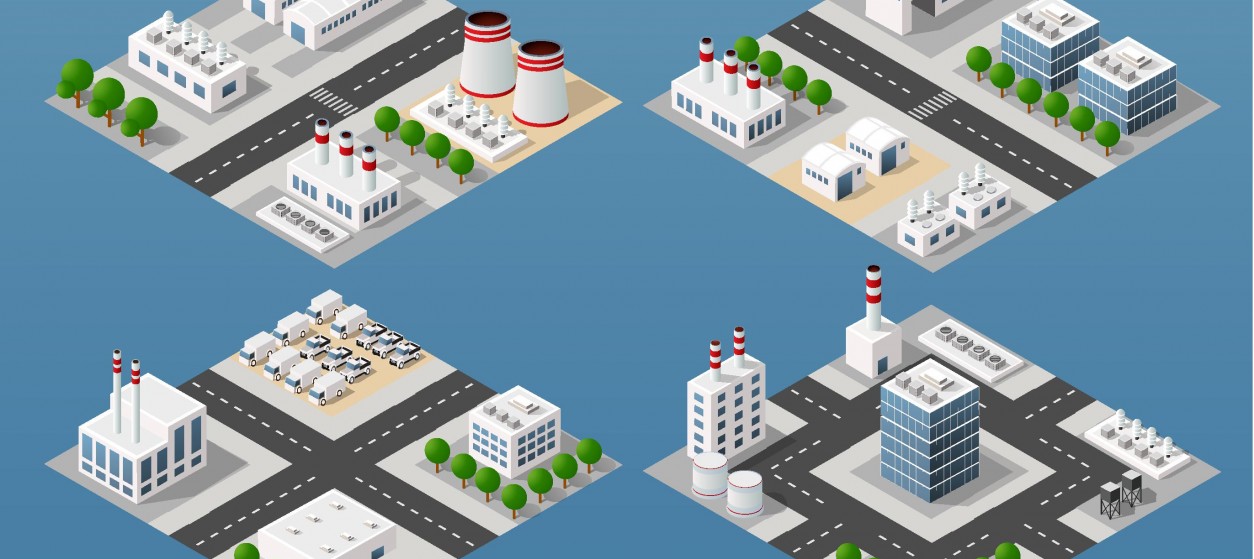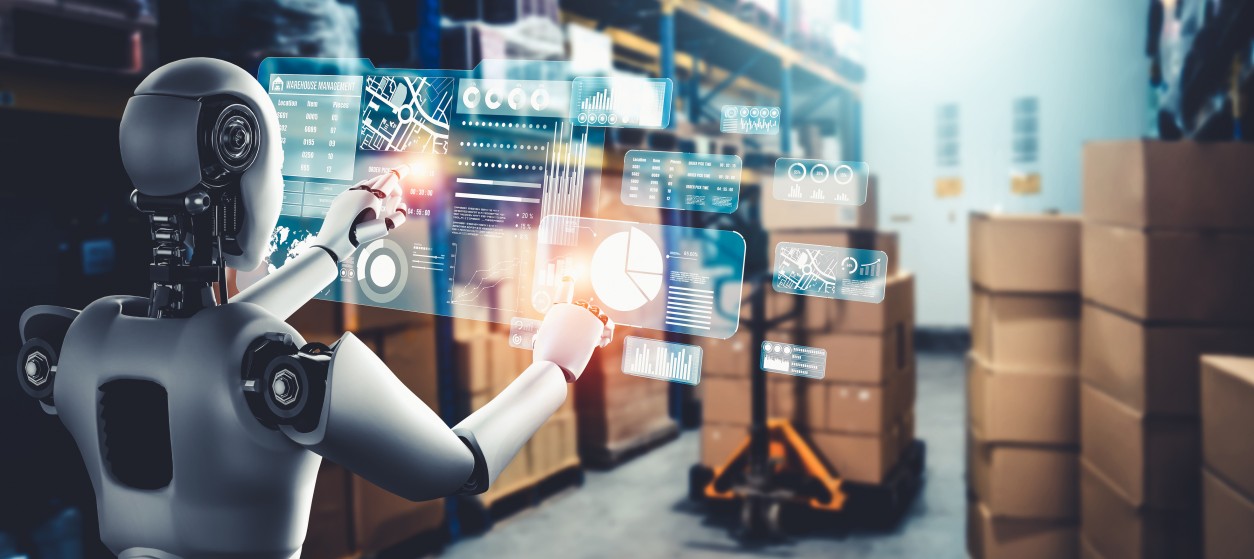Enterprise Resource Planning (ERP) systems have always been at the heart of the enterprise IT infrastructure. ERP systems enable modern enterprises to create a unified and consistent view of their business processes based on a single technology platform. In this way, ERP systems contribute to integrating and optimizing business processes, while at the same time facilitating the business management in making optimal decisions. For more than twenty years, ERP systems have been evolving in terms of their architecture and functionalities. Early monolithic systems that ran on mainframe computers have been gradually replaced by client-server and later by web-based multi-tier ERP applications. Likewise, modern ERP platforms are offering opportunities for integration with other systems, such as industrial automation platforms and other business information systems like CRM (Customer Relationship Management) and SCM (Supply Chain Management) systems.
Nowadays, the landscape of ERP solutions remains dynamic and constantly evolving. ERP vendors are enhancing their products with novel features in order to keep up with evolving business requirements. Such requirements stem from the need to integrate new technologies (e.g., cloud computing and Artificial Intelligence (AI)), to support new processes (e.g., intelligent asset management and predictive maintenance) and to keep track of trends in employment and work (e.g., mobility trends). The more one understands the main business and market trends, the better he/she can predict the future evolution of ERP systems.
Read Also: Enterprise Applications Integration: Making the right choices
1.Deploying ERPs in the Cloud
For nearly a decade, ERP vendors have been developing and releasing cloud-based products. ERP deployments in the cloud benefit from the scalability, flexibility and pay-as-go characteristics of cloud computing. Nevertheless, there are still many on-premise cloud deployments, especially in sectors (e.g., manufacturing) that are quite conservative against the adoption of new IT technologies. In the coming years, the migration of legacy systems in the cloud will be continued and future ERPs will be mostly cloud based.
2.Consumerization and Popularization of ERP Systems
Legacy ERP systems are in many cases based on obsolete technologies and offer old-fashioned interfaces to their users. As users are increasingly getting acquainted with IT technologies and applications, they ask for more intuitive and user-friendly interfaces. This will give rise to the specification and implementation of a range of consumer-oriented features in future ERPs. The latter will provide “look and feel” that resembles modern web applications rather than conventional ERP platforms.
3.Mobility Support
Nowadays, most employees have their smartphone or another mobile device (e.g., tablet) in the workplace. Future ERP systems will be increasingly delivering their key functionalities through mobile apps. Such mobile apps will o provide opportunities for immediate access to ERP data and resources. As a prominent example, mobile apps will enable manufacturing workers to respond in real-time to changes in the production, as well as to cope with quality management and supply chain management issues (e.g., shortage of materials). Moreover, mobile apps will offer employees the option of accessing information (e.g., production schedules and financial information) regardless of time and location. Therefore, the next generation of ERP products will make provisions for supporting mobile workers in accessing resources and solving problems in real-time.
4.Internet-of-Things (IoT) Integration
Modern IoT platforms are collecting and processing field data, as a means of optimizing business processes based on data from the physical world. For example, the deployment of various sensors (e.g., vibration, temperature, acoustic and ultrasonic sensors) on a machine can enable the implementation of condition-based monitoring processes that can significantly improve Overall Equipment Efficiency (OEE) when compared to legacy preventing maintenance approaches. The implementation of such business processes requires the integration of IoT-based information with ERP data. In the coming years, IoT platforms will become integrated with legacy ERP platforms, in order to increase the accuracy, timeliness, and responsiveness of ERP processes based on real world data. Future ERP platforms will offer APIs for accessing data from sensors and Cyber-Physical Systems (CPS) (e.g., industrial robots). At the same time, they will offer functionalities that close the loop to the field, such as reconfiguring CPS platforms. Moreover, IoT platforms will provide real-time visibility in warehouses and the supply chain, which will enable ERP vendors to increase the accuracy and the timeliness of their inventory management and logistics processes.
Based on the integration between IoT and ERP platforms, the future ERP will become a centralized point for storing IoT data, while at the same time providing relevant reporting capabilities. The latter will make ERP platforms much more powerful, as they will enable them to provide consolidated, consistent and detailed information in real-time.
Read Also: When IoT meets Cloud
5.Voice Platforms
Users are increasingly taking advantage of speech interfaces in their everyday IT tasks, such as searching for information on the web, setting alarms and initiating phone calls in their smartphone. Products like Siri and Google Assistant are gaining popularity and users every day. Such speech interaction capabilities will be soon provided by ERP products as well i.e. future ERP products will enable their users to interact via speech. The ultimate vision will be to turn legacy ERP functionalities (e.g., reporting tools) into powerful personal assistants of the workers and of the business management of the enterprise.
6.Artificial Intelligence Integration
The advent of Big Data and Artificial Intelligence (AI) disrupts the ERP market. ERP products are enhanced with data-intensive functionalities that analyze automatically large volumes of data from the shopfloor, including data from heterogeneous sources such as sensors, machines, automation devices, and other business information systems. Such functionalities enhance ERP with a whole range of new AI-based process maps. The latter will include for example processes for machine fault detection and predictive maintenance, as well as data-driven production planning. Moreover, existing ERP processes are enhanced with AI functionalities towards automatically streamlining production with problems or abnormalities detected in other parts of the supply chain. Likewise, financial and accounting functionalities are enhanced with predictive planning features that leverage historical data to enable advanced decision making. Finally, ERP modules are gradually connected with AI functionalities at the shopfloor such as robotic cells. This connection enables robots and other AI systems to have instant access to production schedules and other master data when performing their autonomous operations.
7.Collaborative Features
Enterprises must operate in a globalized environment, which makes collaboration across geographically distributed teams increasingly important. ERP products are therefore enhanced in terms of their collaborative features, such as tools for computer-supported collaborative work and support for interactions through social media. Furthermore, the range of team management features within modern ERP is enhanced to allow managers to create and coordinate distributed teams within and across different departments of the enterprise. Collaborative features include also integration with social media accounts and messaging platforms, as a means of facilitating workers’ communications. Such features are expected to be provided not only as part of the human resources management modules of modern ERPs but also as part of other modules involving production planning (e.g., shift allocation) and supply chain management operations.
Overall, legacy ERP systems will gradually evolve in the above-listed directions to help enterprises adopt and fully leverage digital functionalities empowered by technologies like IoT, AI, and cloud computing. These digital capabilities will accordingly drive significant optimizations in production, finance, accounting, materials management, and human resources management processes. The ultimate result will be a considerable increase in the productivity and competitiveness of modern enterprises. Companies must, therefore, keep an eye on the evolution of their ERPs and plan for the deployment and use of value-added features that will elevate their productivity.










